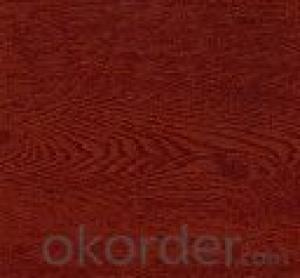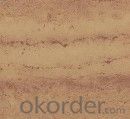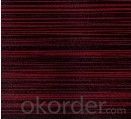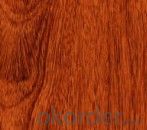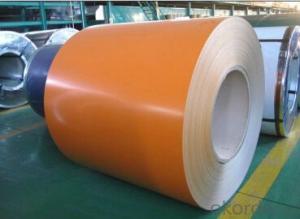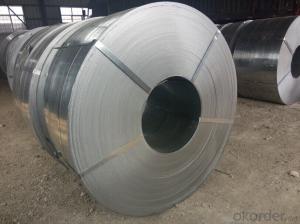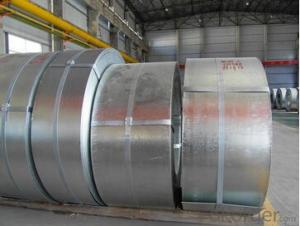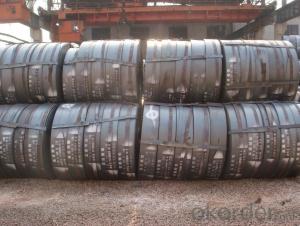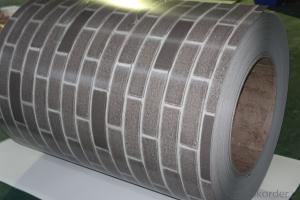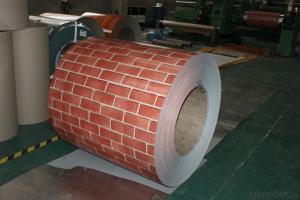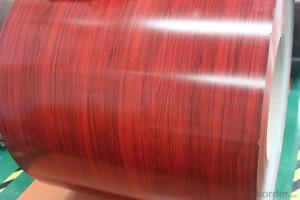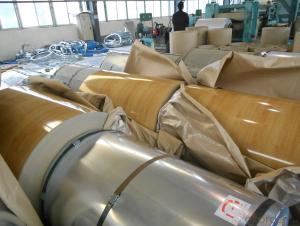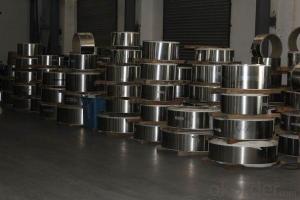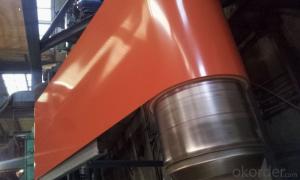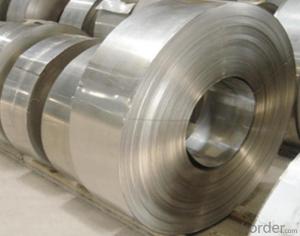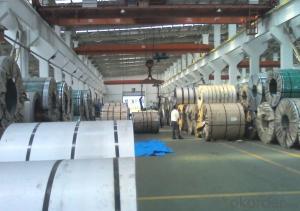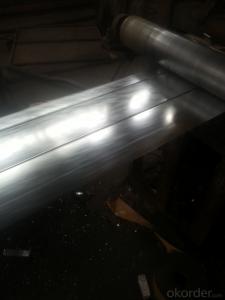Wtone Pattern Printing Steel Plate-0.55mm*1250mm Z100g
- Loading Port:
- Tianjin
- Payment Terms:
- TT OR LC
- Min Order Qty:
- 50 m.t.
- Supply Capability:
- 5000 m.t./month
OKorder Service Pledge
OKorder Financial Service
You Might Also Like
Wtone Pattern Printing Steel Plate-0.55mm*1250mm Z100g
1.Thickness:0.16-2.0mm
2.Width:600-1500mm
3.Material: SGCC,SGCD,SECC,SECD,DX51D+Z
4.Zinc coating:40-275G/M2
5.Surface Structure: galvanized ,zero spangle, regular spangle or normal spangle
6.Surface treatment: chromated and oiled, chromated and non-oiled
7.Color:all RAL series
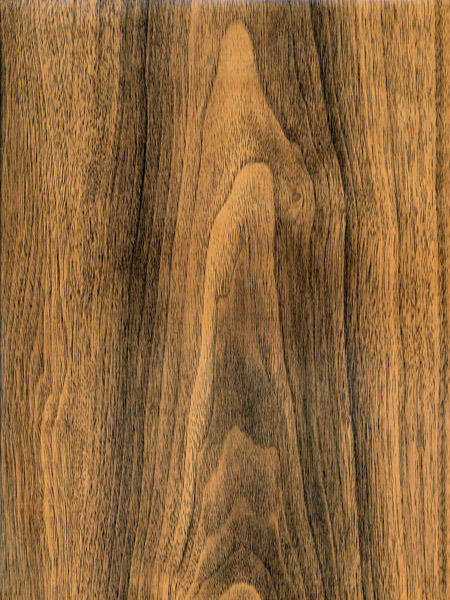
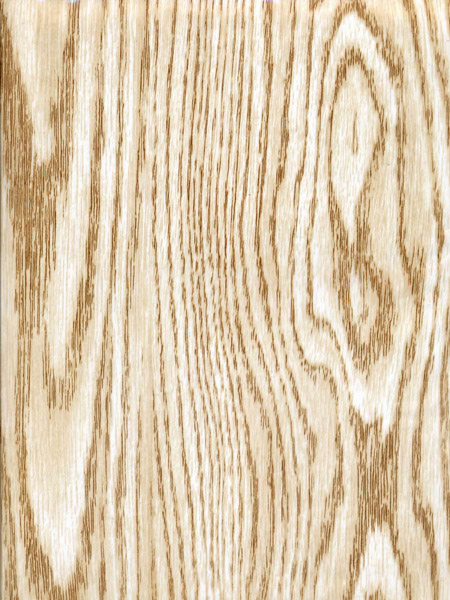
1.strong corrosion resistance
2.surface quality
3.conducive to deep processing,such as the embossed PPGI,printed PPGI&punching PPGI
4.economy and practicality
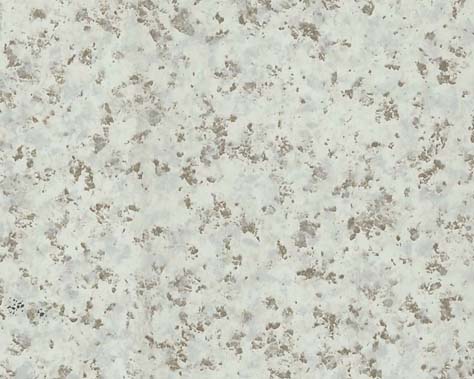
1.Refrigerator shutter &side panels, Washer, Freezers, Air conditions,
2.Rice Cooker, Microwave Ovens, Water Heaters, Sterilization Cabinets, Range Hoods
3.Computer Panels , DVD/DVB panels, TV back panel etc.
Teaching Board: whiteboard, blackboard, green board(chalk board).
Indoor Decoration: Fireproof Door, kitchen cabinet, wall decoration.
Shipping Industries: Ship, Fecht, Marine.
- Q: What are the packaging options available for steel strips?
- Customers have several packaging options to choose from for steel strips, depending on their specific requirements and preferences. Some commonly used packaging options are as follows: 1. Coils: Steel strips can be tightly wound into coils, providing a compact and efficient packaging solution. Coils are often used for transportation and storage purposes. 2. Spools: Another option is to package steel strips on spools, which are cylindrical devices used for winding and storing the strips. Spools offer ease of handling and are suitable for various applications, including wire manufacturing and precision cutting. 3. Reels: Reels, which are typically larger than spools, are commonly used for heavy-duty applications or when packaging larger quantities of steel strips intended for industrial machinery. 4. Bundles: Steel strips can be bundled together using steel straps or other binding materials. Bundles are often used for larger or longer steel strips, providing stability and protection during transportation. 5. Pallets: Steel strips can be stacked and secured together on pallets, which can accommodate coils, spools, or bundles. Pallets make handling convenient and can be easily transported using forklifts or other equipment. In addition, packaging options may also include protective measures such as shrink-wrapping, plastic covers, or wooden crates to ensure the safety and integrity of the steel strips during storage and transportation. The choice of packaging option depends on factors such as the size and shape of the steel strips, intended usage, and specific customer requirements.
- Q: Where can one buy high-quality steel strips?
- There are several places where one can buy high-quality steel strips. One option is to visit a local metal supplier or a steel distributor. These businesses specialize in providing various types of steel products, including steel strips, to industries and individuals. They often offer a wide range of steel grades and sizes to suit different needs. Another option is to explore online platforms that specialize in selling steel products. Websites such as Alibaba, Amazon, and eBay have a variety of steel strip suppliers that offer high-quality products. These platforms allow you to compare prices, read customer reviews, and choose from a wide range of options. Additionally, it is always beneficial to reach out to manufacturing companies or metalworking shops in your area. These businesses often have relationships with steel suppliers and can provide recommendations or even sell steel strips directly to customers. Regardless of where you choose to buy high-quality steel strips, it is important to do your research, compare prices, and ensure that the supplier has a good reputation for delivering quality products.
- Q: How are steel strips joined together in manufacturing?
- Steel strips are commonly joined together in manufacturing through various methods such as welding, riveting, adhesive bonding, and using mechanical fasteners like screws or bolts. The chosen method depends on the specific requirements of the application and the desired strength and durability of the joint.
- Q: How are steel strips used in the production of electrical transformers?
- Electrical transformers rely on steel strips as a vital component. These strips serve as the foundation for the transformer's core, which is responsible for transferring electrical energy between circuits. Typically composed of high-quality electrical steel, or silicon steel, these strips possess specific magnetic properties that make them ideal for transformer cores. With low core loss and high magnetic permeability, they facilitate efficient energy transfer. To construct the core, multiple steel strips are stacked together in a laminated structure. These laminations are tightly bound using insulating materials, which reduce eddy current losses and enhance transformer efficiency. By preventing electric current flow within the core, the insulating materials ensure that energy is directed to the intended circuit. The steel strips used in transformer cores also undergo annealing, a process involving controlled heating and gradual cooling. This process aligns the steel's magnetic domains, minimizing core losses and further improving transformer efficiency. In addition to their magnetic properties, steel strips contribute mechanical strength and stability to the transformer core. They preserve the core's overall shape and prevent deformation or damage during operation. Overall, steel strips play a critical role in the production of electrical transformers. They provide the core material with necessary magnetic properties, electrical insulation, and mechanical strength. Through their efficient design and construction, transformers operate reliably and efficiently, enabling the distribution and transmission of electrical energy.
- Q: How are steel strips used in electrical applications?
- Steel strips are commonly used in electrical applications due to their excellent conductivity and durability. These strips are often used as conductive pathways, allowing electrical current to flow through various components in a circuit. They can be used as connectors or terminals in electrical devices, providing a reliable and efficient means of transferring electricity. In transformer cores, steel strips are used to create laminations that enhance the magnetic properties of the core. These laminations reduce energy losses by minimizing eddy currents, which can occur when alternating currents flow through solid metal objects. By using steel strips, the core's magnetic field is concentrated, resulting in improved energy efficiency. Steel strips are also used in circuit breakers and fuses, where they help to control the flow of electricity and protect against short circuits or overloads. These strips are designed to melt or break when excessive current passes through them, thereby interrupting the circuit and preventing damage to the electrical system. Additionally, steel strips can be found in electrical motors, where they are used as laminations in the stator and rotor cores. These laminations reduce energy losses caused by magnetic hysteresis and eddy currents, resulting in more efficient motor operation. Overall, steel strips play a crucial role in various electrical applications, providing conductivity, durability, and magnetic properties necessary for the efficient and reliable flow of electricity.
- Q: Can steel strips be used in construction?
- Yes, steel strips can be used in construction. They are commonly employed in various applications such as framing, roofing, wall cladding, and reinforcement due to their strength, durability, and versatility.
- Q: What are the common rust prevention methods for steel strips?
- There are several common rust prevention methods for steel strips that are widely used in various industries. These methods aim to protect the steel strips from corrosion and extend their lifespan. 1. Galvanization: This method involves coating the steel strips with a layer of zinc. The zinc acts as a sacrificial anode, which means that it corrodes instead of the steel. Galvanization provides excellent protection against rust and can be achieved through hot-dip galvanizing or electroplating. 2. Coating: Applying a protective coating on the surface of the steel strips helps prevent rust formation. There are various types of coatings available, such as paint, epoxy, enamel, or powder coating. These coatings act as a barrier, shielding the steel from exposure to moisture and corrosive elements. 3. Oil or Wax Coating: Another effective method is applying a thin layer of oil or wax on the steel strips. This coating helps to create a barrier between the steel and the surrounding environment, preventing moisture from coming into direct contact with the metal. 4. VCI (Volatile Corrosion Inhibitor): VCI is a rust prevention method that involves applying chemicals or compounds that release corrosion inhibiting vapors onto the steel strips. These vapors form a protective layer on the metal surface, inhibiting the formation of rust. 5. Storage in a Dry Environment: Proper storage conditions play a crucial role in preventing rust. Keeping the steel strips in a dry environment with low humidity levels minimizes the chances of moisture condensation and rust formation. 6. Regular Maintenance: Regular inspection and maintenance of the steel strips are essential to identify any signs of rust or corrosion early on. Timely cleaning, reapplication of coatings, and addressing any issues promptly can help prevent rust from spreading and causing further damage. It is important to note that the choice of rust prevention method may vary depending on factors such as the specific application, budget, and environmental conditions. Consulting with experts or professionals in the field can help determine the most suitable rust prevention method for steel strips in a given situation.
- Q: How do steel strips contribute to reducing waste generation in various applications?
- Steel strips contribute to reducing waste generation in various applications by providing a durable and long-lasting material that can be recycled and reused multiple times. Due to their high strength and flexibility, steel strips can be used in a wide range of industries such as construction, automotive, packaging, and appliances, among others. By using steel strips instead of other materials, less waste is generated as steel can be continuously recycled without losing its properties. Additionally, steel strips are often used in lightweight designs, reducing the overall material needed and minimizing waste production.
- Q: What are steel strips made of?
- Steel strips are typically made of carbon steel, which is an alloy of iron and carbon.
- Q: How are steel strips stamped or formed into specific shapes?
- Various manufacturing processes can be used to transform steel strips into specific shapes. One commonly used method is stamping or pressing, where the steel strip is placed between two dies. Pressure is then applied to deform the strip into the desired shape. The dies have cavities that match the shape of the final product, and when the strip is pressed between them, it takes on the shape of the cavities. Stamping can be done using mechanical or hydraulic presses. Mechanical presses use a motor-driven flywheel to generate energy, while hydraulic presses use fluid pressure. Each type of press has its own advantages depending on the complexity and size of the desired shape. Typically, the steel strip is fed into the press and the press is activated. This causes the dies to come together and shape the strip. The process can be done in a single step or multiple steps depending on the complexity of the shape. Multiple steps may involve multiple dies and intermediate operations to gradually shape the strip into the final product. Another method for shaping steel strips is roll forming. In this process, the strip is passed through a series of rollers that progressively bend and shape it. Each roller contributes to a specific part of the final shape. The strip is continuously fed through the rollers until the desired shape is achieved. Roll forming is advantageous for producing long, continuous shapes or profiles used in construction or automotive industries. It offers high precision and repeatability, making it suitable for mass production. In conclusion, pressure, bending, and manipulation of steel strips using specialized dies or rollers allow for the efficient and precise production of a wide range of steel products with different shapes and sizes, whether through stamping or roll forming.
Send your message to us
Wtone Pattern Printing Steel Plate-0.55mm*1250mm Z100g
- Loading Port:
- Tianjin
- Payment Terms:
- TT OR LC
- Min Order Qty:
- 50 m.t.
- Supply Capability:
- 5000 m.t./month
OKorder Service Pledge
OKorder Financial Service
Similar products
Hot products
Hot Searches
Related keywords
